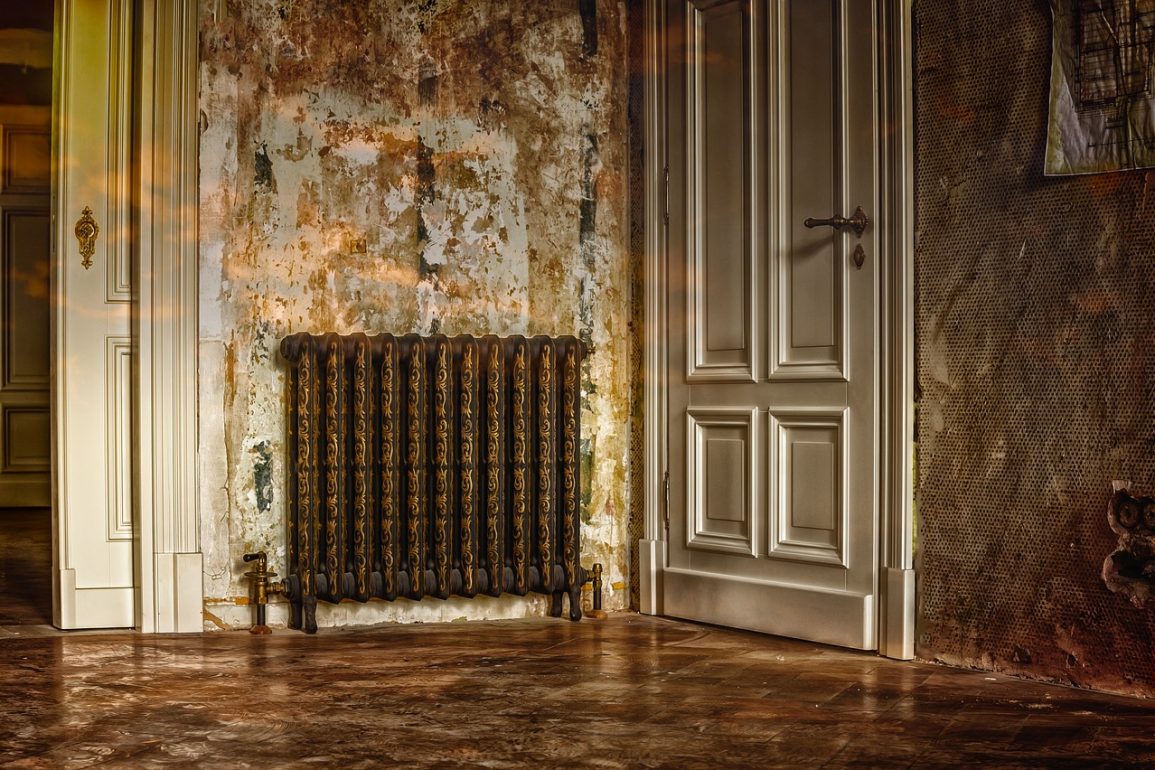Installing and Maintaining Double Vertical Radiators: A Step-by-Step Guide.
Installing and maintaining double vertical radiators in the UK can be a bit of a tricky task, but with the right knowledge and tools, it can be done with ease. So, where do you start?
In this blog post, we will go over the steps involved in installing and maintaining double vertical radiators. We will also help you out with ensuring that your radiators are working efficiently and effectively.
Step 1: Preparing for Installation
Before you begin installing your double vertical radiator, you will need to gather all of the necessary tools and materials. These include a pipe cutter, adjustable wrench, radiator valves, bleed key, and any necessary brackets or fixings. It is also important to make sure that you have all the necessary measurements for your radiator, as well as the location where it will be installed.
Step 2: Installing the Radiator
Once you have all your tools and materials ready, it’s time to begin installing your double vertical radiator. The first step is to turn off the water supply to the area where the radiator will be installed. This is important to prevent any leaks or damage to your home.
Next, you will need to remove the old radiator if there is one. This can be done by using a pipe cutter to cut the pipes that are connected to the old radiator. Once the old radiator is removed, you can then begin installing the new radiator.
Start by attaching the brackets to the wall, making sure they are level. Then, attach the valves to the radiator, and connect the pipes to the valves. Once the radiator is in place and the pipes are connected, you can turn the water supply back on and bleed any air out of the system.
Step 3: Maintaining the Radiator
Once your double vertical radiator is installed, it’s important to maintain it properly to ensure that it is working efficiently and effectively. One of the most important things you can do is bleed your radiator regularly. This can be done by using a bleed key to open the bleed valve on the radiator and letting out any trapped air.
It’s also important to check the pressure of your heating system regularly. If the pressure is too low, it can cause your radiator to not heat up properly. You can check the pressure using a pressure gauge and add more water if necessary.
Another important aspect of maintaining your radiator is cleaning it. Dust and dirt can build up on the radiator over time, which can decrease its efficiency. You can clean your radiator by wiping it down with a damp cloth or using a vacuum cleaner to remove any dust or debris.
In addition to these regular maintenance tasks, it’s important to have your radiator serviced by a professional every few years to ensure that it is in good working order. A professional can check for any leaks or damage and make any necessary repairs.
Keep Your Radiators Working Like They Should
Installing and maintaining double vertical radiators in the UK can be a bit of a daunting task, but with the right knowledge and tools, it can be done with ease. By following the steps outlined in this blog post, you can ensure that your radiators last longer and work better.
Don’t forget to call professional every few years to check for any leaks or damage.
Poppy Watt


